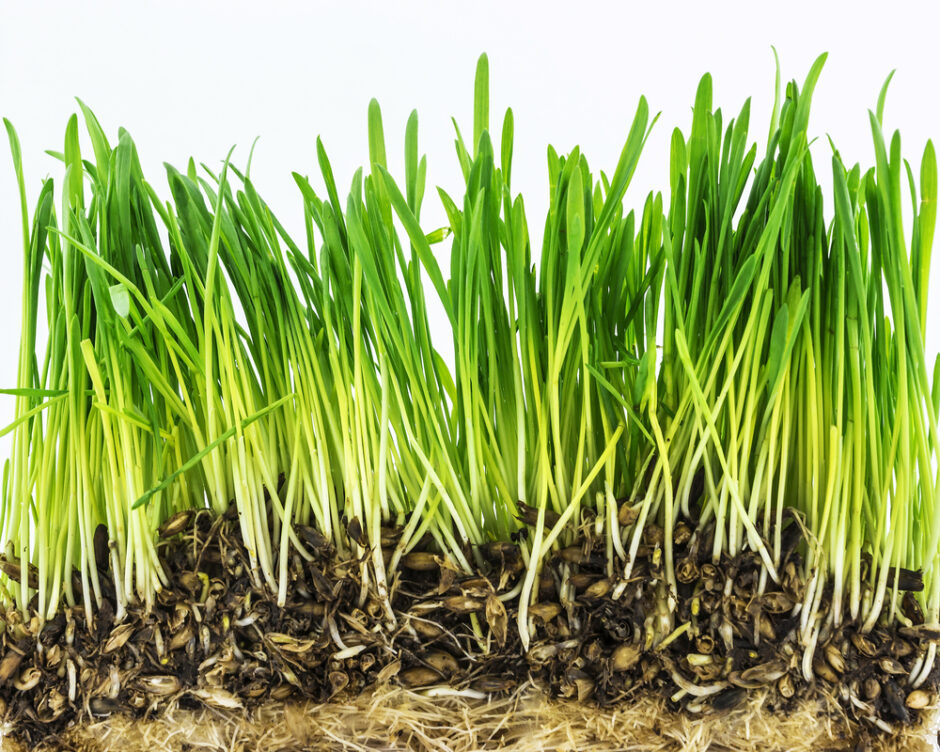
Monocots and Dicots – What’s the Difference?
What is a Monocot or a Dicot, and why do I even need to know?
It’s all to do with how a plant is constructed, and the name comes from how many leaves a seedling has when it first germinates.
Take Grass for instance. When it starts to emerge it has a single long leaf. These first leaves are known as its ‘seed leaves’, or Cotyledons. Any plant that reproduces itself by seed is therefore a Cotyledonous Plant.

And so any plant which only has one seed leaf is known as a Monocotyledonous plant, ‘mono’ meaning one. They are by and large herbaceous, which is to say they do not have woody stems in the sense of timber-like structures. The Banana tree is a giant herb, and its trunk is made up of curled up leaves and leaf stalks with no ‘wood’ in it at all.

